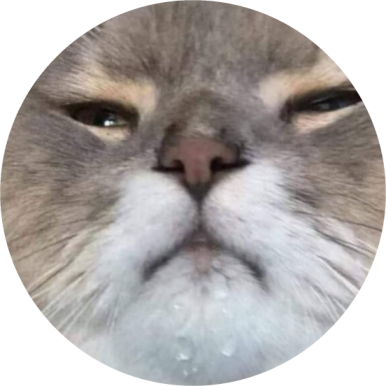For example, in English, you might type something like:
r u going out 2nite?
Instead of:
Are you going out tonight?
How does that sort of thing work when texting in a logographic language? Is it just emoji city, or can they mix and match characters to make things more compact?
And similarly, is there a formal journalistic shorthand system that gets used when jotting down comments in real-time, e.g. in China, Korea or Japan?
Thank you kindly!


Isn’t there also shorthand where you just write the base components and people understand what you mean because even though the radicals are missing, the core meaning of the glyph is still close enough?
The difference is that the shorthand isn’t based on phonetics but on the core meaning of the calligraphic strokes.
It’s why Japanese writers can communicate with Cantonese speakers through quick strokes on their palms. The radicals are all different but the base components are the same.
Similar to a German person stripping back words to core syllables.
deleted by creator
how easy is it (e.g., number of key presses) to get 鐵 on your keyboard? it looks massively complicated, I’m counting like 22 strokes or so
deleted by creator
Oh, boy, do I have a Radiolab episode for you! “The Wubi Effect”
oh boy!